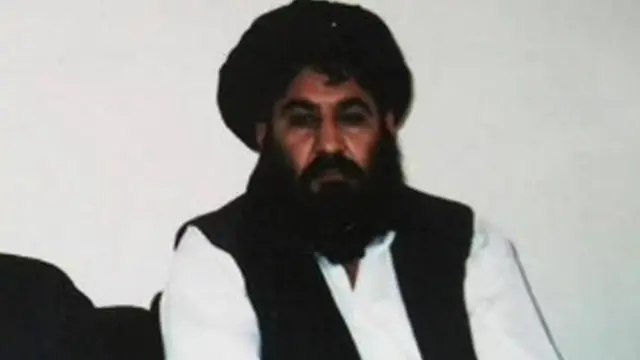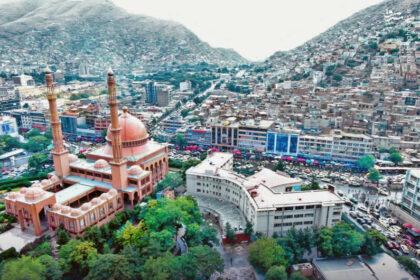RASC News Agency: On the ninth anniversary of the death of Mullah Akhtar Mohammad Mansour, former leader of the Taliban, the Long War Journal has published a detailed analytical report revisiting the turbulent chapter in Taliban history that began with deception and culminated in a carefully managed though ultimately fragile consolidation of power. While the group’s propaganda machinery has sought to frame Mansour as a bold and visionary leader, the legacy he left behind is riddled with internal betrayals, deep ideological fractures, and the seeds of future splinter movements. The report, released Wednesday, June 10, notes that despite the short-term tactical blow delivered by Mansour’s assassination in a U.S. drone strike in 2016, the Taliban managed to sustain organizational continuity. In an anniversary statement, the Taliban lionized Mansour as a “courageous, insightful, and steadfast” leader. However, such portrayals mask a deeper reality: that Mansour’s rise to power was engineered through one of the most deliberate acts of deception in the group’s history.
Following the death of Mullah Mohammad Omar, the Taliban’s elusive founding figure, in 2013, Mansour and a small inner circle deliberately concealed Omar’s death for more than two years. During that period, Mansour continued to issue edicts and directives under Omar’s name an act of political forgery that nearly fractured the Taliban’s internal cohesion and exposed the underlying fragility of its leadership structure. The revelation of Omar’s death in 2015 triggered a political and ideological earthquake within the Taliban. Senior commanders, including members of Omar’s own family, refused to acknowledge Mansour’s leadership, accusing him of usurping power through deceit. The group teetered on the verge of disintegration, with rival factions emerging and internal trust deteriorating.
According to Long War Journal, it was only through the intervention of influential power brokers namely Jalaluddin Haqqani and his son Sirajuddin Haqqani that a temporary truce was brokered. But this mediation did not heal the core divisions. The report underscores that the Taliban’s central leadership, particularly in the borderlands of Afghanistan and Pakistan, remained plagued by factionalism and tribal loyalties that often superseded any ideological unity. Mansour’s leadership was characterized by a pragmatic, often ruthless, pursuit of consolidation. He sidelined dissenters, strengthened ties with regional powers like Iran, and initiated the Taliban’s earliest overtures toward diplomatic legitimacy. However, his methods deepened the Taliban’s reliance on intimidation and opaque decision-making, practices that continue to define the group’s governance style today.
In May 2016, Mullah Mansour was killed in a U.S. drone strike near the Iran-Pakistan border while traveling under a false identity. Although his death dealt a short-term tactical blow, it failed to destabilize the Taliban’s increasingly centralized leadership, which quickly appointed Hibatullah Akhundzada as his successor. Yet this seemingly smooth transition masked lingering resentments and unresolved disputes. The Long War Journal points out that the concealment of Mullah Omar’s death, followed by Mansour’s divisive leadership, permanently altered the Taliban’s internal landscape. Disillusioned commanders and fighters splintered off, eventually forming new and more extreme factions most notably the Islamic State Khorasan Province (IS-K), composed of ex-Taliban militants, former al-Qaeda operatives, and members of the Islamic Movement of Uzbekistan.
Though Taliban propaganda casts Mansour as a unifier, his legacy is one of authoritarian control dressed as cohesion. The so-called “unity” he enforced was built not on consensus, but on secrecy, suppression of dissent, and calculated elimination of rivals. His strategy of centralization at any cost may have strengthened the Taliban’s negotiating position in the years that followed, but it also solidified a governance model rooted in coercion and deception traits that now define Taliban rule over Afghanistan. Today, as the Taliban preside over a nation gripped by economic collapse, international isolation, and widespread human rights abuses, the true cost of Mansour’s consolidation is becoming painfully evident. The foundations he laid may have enabled the group’s return to power in 2021, but they also ensured that its rule would remain inherently unstable, exclusionary, and oppressive.






